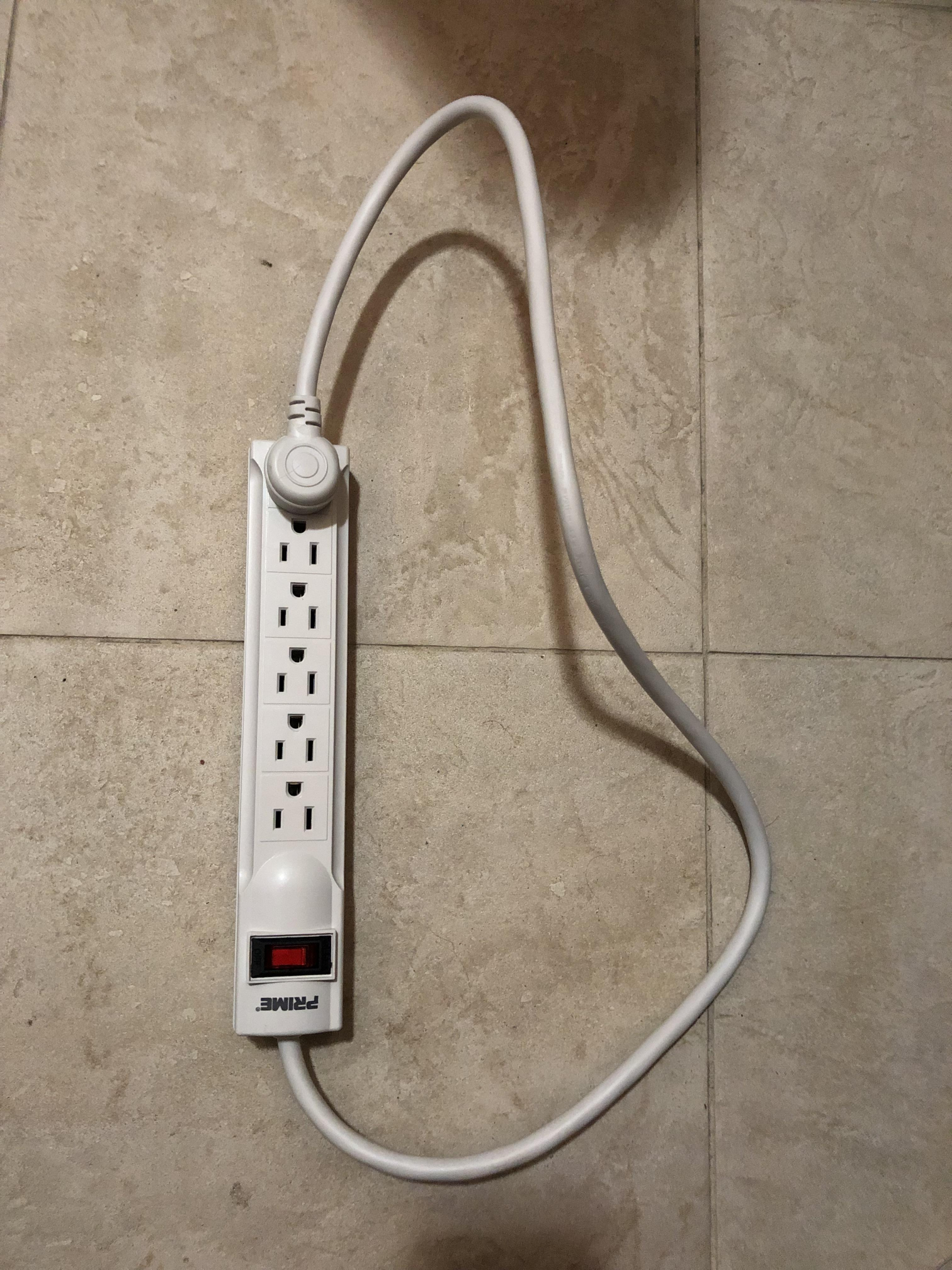One of the most distinctive features of Apple silicon chips is that they have two types of CPU core, E (Efficiency) cores that are energy efficient but slower than the P (Performance) cores, which normally run much of the code in the apps we use. Apps don’t decide directly which cores they will be run on, that’s a privilege of macOS, but they register their interest by setting a Quality of Service, or QoS, which is then taken into account when they’re scheduled to run. With the introduction of Game Mode in Sonoma, CPU scheduling can now work differently, with E cores being reserved for the use of games. This article looks at another atypical situation, when running a macOS virtual machine (VM) assigned a set number of virtual cores. How does macOS Sonoma handle that?



deleted by creator
Now that would be some efficiency aight.
I recall something about operating on leak current alone, which is probability where you got that from.
Don’t try this at home. You could cause an infinitly powered electro-black-hole.
@Skelectus @ultratiem yes, that happened. It first worked on residual energy from the board it was on. It was a funny accident actually. They forgot to turn on the power supply, but it was working.
That can’t be quite right either, as it would be eaten immediately.
I looked it up, most specific I could find is this quote:
Not sure how accurate this is, but the power has to originate from something that is actively powered.